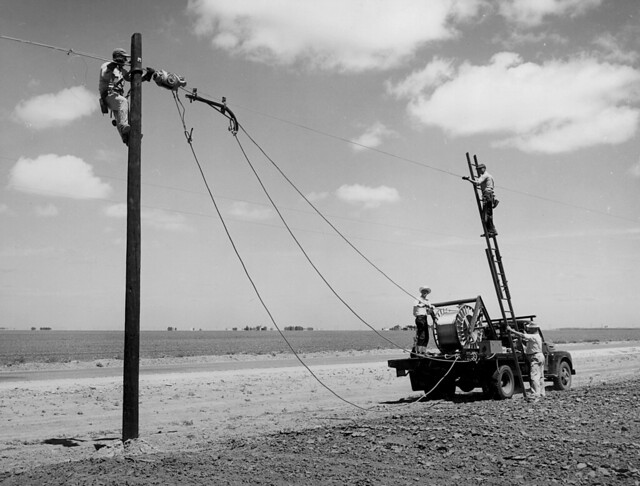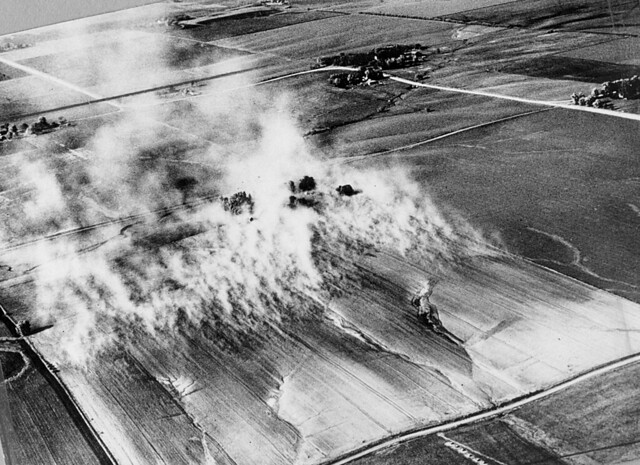For over a century and a half, USDA has worked alongside farmers, businesses, and community leaders to ensure USDA programs put forward the most innovative thinking to meet the changing needs of a modern agricultural landscape. Mission areas across USDA, from agricultural research to forest management to nutrition programs and more, also look forward to create a stronger rural America, better prepared to meet 21st century challenges.
To illustrate some of the major innovations in our recent history to continuously serve communities across the nation - and in honor of Throwback Thursday - we've collected several historic photos and paired them with their modern counterparts. This photo series features USDA programs and services, Then and Now, and shows the impact of creative and innovative investments for a brighter future for rural Americans.
Food Stamps to SNAP: Converting from paper coupons to Electronic Benefit Transfer has allowed USDA to increase access to fresh healthy food, including farmers markets, while reducing fraud, waste and abuse within the SNAP program.


Rural Infrastructure: Rural broadband creates educational, health and economic benefits for rural America, and provides access to new opportunities that may not have been available before.


On the Farm Technology: Modern technology allows agriculture to be more productive than ever before, leading to the strongest 5 years of agriculture exports in our history. Modern tractors and farm equipment often utilize GPS for precision planting or harvesting, and are able to perform tasks like measuring moisture content and weight in real time, and can update yield per acres on the fly during harvest time.


Conservation: Conservation and risk management practices have helped to bring us into a 21st century of land stewardship, promoting soil health and healthy land management that help to ensure that the dust bowl of the 1930's is history. Making reliable, effective risk management tools available for producers to make sound decisions that benefit the land is just one way USDA helps farmers and ranchers help the land.


These are the first of many Then and Now images we'll share, but we'd love to hear from you. We know some of agriculture's most compelling innovation stories are the ones seldom told. Use #AgInnovates to add your voice to our shared story and tell us how your family or community has evolved to meet the needs of the 21st century.
